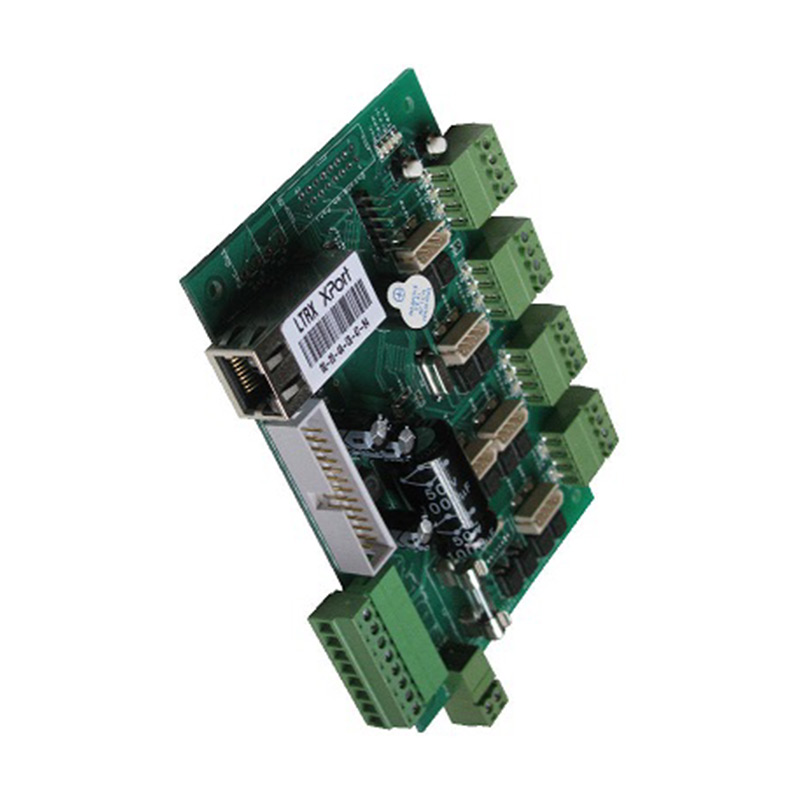

Low-E Safety Glass Enhancing Energy Efficiency and Protection
In our modern world, the importance of energy efficiency and safety cannot be overstated. As buildings become taller and more complex, the demand for materials that provide both thermal regulation and structural integrity has surged. One innovative solution that addresses these needs is Low-Emissivity (Low-E) safety glass. This specialized type of glass offers numerous benefits that make it a top choice for architects, builders, and homeowners alike.
Low-E Safety Glass Enhancing Energy Efficiency and Protection
However, the advantages of Low-E glass extend beyond energy efficiency. When combined with safety features, it becomes an invaluable asset in construction. Safety glass is engineered to withstand impact better than standard glass, making it an essential material in environments where security and durability are paramount. Low-E safety glass is produced using processes such as tempering or laminating, which increases its resistance to breakage and shattering. In case of an impact, the lamination helps hold the glass shards together, reducing the risk of injury—a crucial consideration in public and high-traffic areas.

Moreover, Low-E safety glass can be designed to meet various structural and aesthetic requirements. It can be used in windows, facades, and glass partitions, allowing architects to create stunning designs without sacrificing functionality. The glass can be manufactured in different tints and finishes, providing a range of aesthetic options while maintaining energy performance. This versatility makes Low-E safety glass an ideal choice for both modern and traditional architectural styles.
The use of Low-E safety glass is also an effective strategy for noise reduction. The laminated layer in safety glass can significantly dampen sound transmission, making it ideal for buildings located in noisy urban environments or near highways. Consequently, occupants can enjoy a quieter and more comfortable living or working space, enhancing overall well-being.
As awareness of climate change grows, more builders and homeowners are seeking sustainable materials. Low-E safety glass fits perfectly into this narrative by promoting energy conservation and offering a long lifespan, reducing the need for replacements. Furthermore, many Low-E glass products are manufactured with environmentally friendly processes, adding another layer of appeal for eco-conscious consumers.
In conclusion, Low-E safety glass represents the perfect fusion of energy efficiency and safety. Its unique properties not only contribute to lower energy bills through enhanced thermal performance but also offer a higher level of security and durability. As the construction industry continues to evolve, the adoption of Low-E safety glass will play a crucial role in creating buildings that are not only aesthetically pleasing but also environmentally responsible and safe for their occupants. In a time when every decision can have a significant impact on our planet and communities, choosing Low-E safety glass can make a difference. As we look towards the future, investing in such innovative materials will be essential for sustainable development and enhancing quality of life.